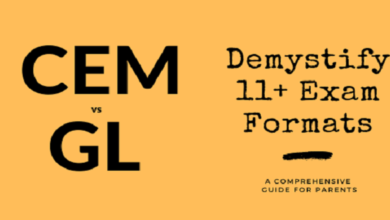Let’s learn English with the help the verb HAVE!

It is essential to learn English today. You can speak English almost anywhere in the world. What can I do if my English is not great? You can only learn English by speaking and practicing. We won’t see much improvement if we don’t.
English is not difficult by itself. It is not difficult to learn. You just have to be comfortable with it and make use of it. You will need to be able to understand the basic words and phrases in order to do this.
We have provided 2 examples of irregular verbs in English Tenses to help you learn something new today.
What are irregular verbs?
You probably know that there are two types of verbs in English.
– Regular verbs
– Irregular Verbs
We need to know irregular verbs by heart. They are needed to form sentences in different tenses (past …).). There are three forms for each irregular verb. In the following examples, you will see how and when to use each form.
The verb HAVE
The 3 basic forms of the verb HAVE are required to be able to understand the three forms. Because it is an irregular verb, you need to know the 3 basic forms. This is why it is important to know the past tense for HAVE. It’s not difficult, but it is possible. These are the 3 forms of the verb HAVE:
Forms of the Verb HAVE
Infinitive: HAVE/haev
Past tense
Past Participle: HAD /haed/
Past simple tense
This tense refers to an event that occurred in the past, usually following a time interval. It could have occurred once but could also have occurred repeatedly. The past simple tense doesn’t take into consideration the singular/plural, or the third person.
For the past simple, we use either the 2nd form of the verb or the past tense HAD.
Negative sentences can be created by using the infinitive HAVE with the adjective “didn’t/didn’t”.
For negative sentences, we don’t use had’t but “DIDNT HAVE!”
Examples:
I had a book at my home. 2nd form
He didn’t have a pen.” Wrong
He didn’t have a pen. – Infinitive
They owned a lot of paintings. – Second form
Past tense
This tense is used for events that occurred in the past, and which had a specific duration. The past continuous tense uses the verb in its base form (infinitive), “HAVE”, in conjunction with the ending ‘ing. This creates the verb HAVING.
For this tense, we always add the verb “was/were” before the verb in HAVING. Instead of using “was/were”, we use the negative forms “were/weren’t/wasn’t” to express negative sentences.
Use of WERE and WAS
For singular sentences in the 1st or 3rd person (I, She/He/It), we use the verb WAS.
In all other forms of persons (You, They, The), we use the verb was.
Examples:
We had a great time last month.
Last month was not a great time.
It is easy to learn a foreign language. All you need to do is know how. It takes natural talent to learn English, but that is what everyone believes. This is false. Perseverance and a willingness to learn something new are the keys to success in learning. Don’t lose heart, you will see results quickly.





